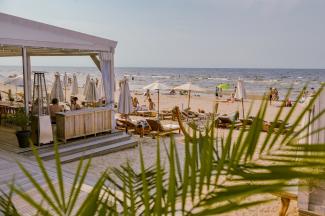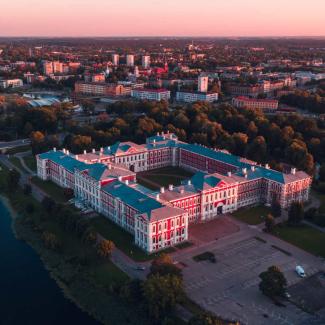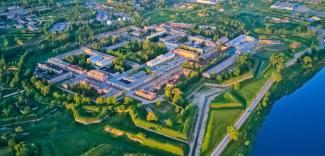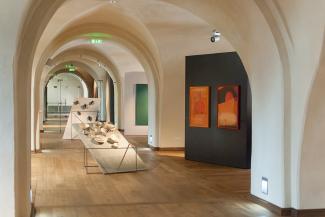
2013: Accessible Tourism
Jūrmala
Our popular resort Jurmala has been welcoming guests since the end of the XIX century. In the fascinating exposition of the Jurmala City Museum we see that more than a hundred years ago, the social culture forced swimmers to...





